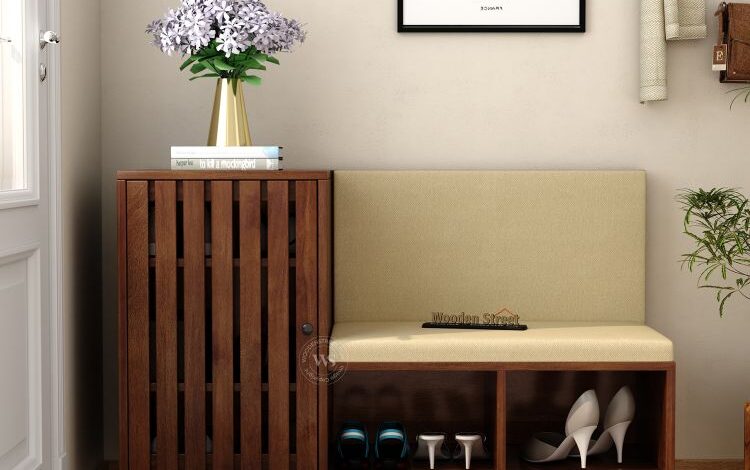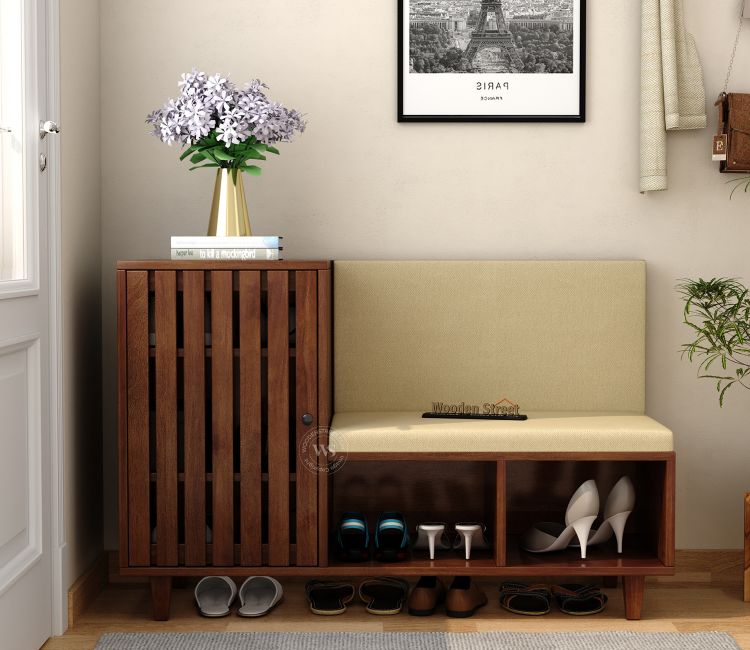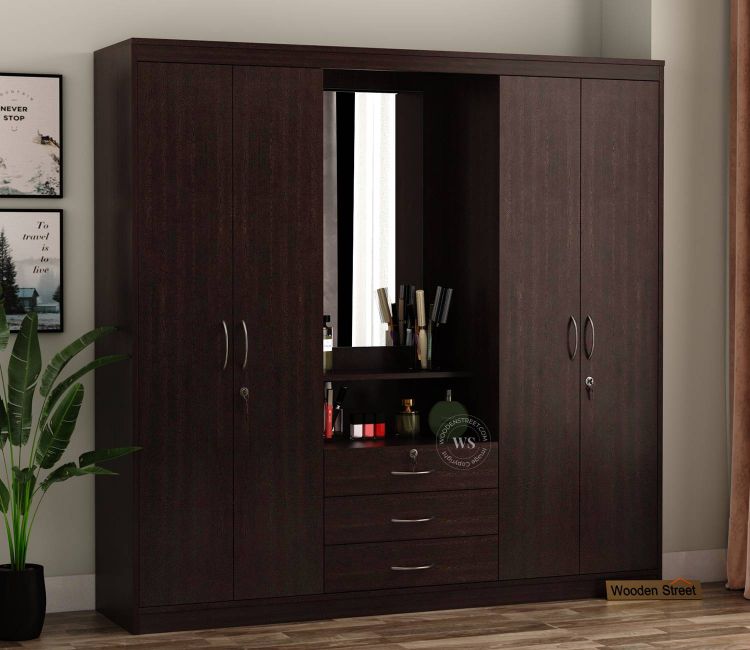How to Identify High-Quality Wooden Furniture

Walk into any home and you will spot at least one piece of wooden furniture that will take all your attention. A dining table where families gather, a bed that’s built to last, or sometimes even a simple shoe rack tucked near the entrance. Wood has that timeless pull it looks elegant, feels warm, and when chosen well, it sticks around for years.
The tricky part? Not every piece you see in a showroom is actually built for the long run. Some are made with shortcuts that look fine at first but don’t hold up once real life kicks in. The good news is, there are easy ways to figure out whether a bed, a dressing table, or even that everyday shoe rack is worth your money. Let’s go step by step.
Solid Wood vs Engineered Wood
The first thing you’ll want to figure out is what the furniture is actually made of. There are two broad types: solid wood and engineered wood.

Solid wood is the “real deal.” It’s carved straight from logs, so it comes with natural grains that you can’t fake. Every piece has its own unique patterns. Solid wood is heavy, feels sturdy the moment you touch it, and has the kind of strength that can handle decades of use. Think of a solid Sheesham shoe rack you can dump heavy boots, muddy shoes, or whatever else, and it’ll still stand strong. A dressing table made of teak or mango wood not only looks beautiful but also stays steady without wobbling.
Engineered wood is different. It’s made by pressing fibers or layers together. It’s cheaper, lighter, and good if you’re working on a budget. But it won’t last nearly as long. Over time, it might warp if it gets damp or start peeling at the corners. That doesn’t mean it’s “bad” just that you shouldn’t expect it to stay in shape for decades.
How do you tell the difference quickly? Lift it. Solid wood is heavier. Look closely at the surface solid wood has a natural, uneven flow in its grain. Engineered wood often has patterns that repeat, almost like wallpaper. Also, polished solid wood tends to glow warmer, while engineered wood can look a bit flat.
Spotting Good Craftsmanship
Wood type aside, the real test is in the way the furniture is put together. Craftsmanship is like the hidden language of furniture once you learn it, you can spot quality almost instantly.
Start with the joints. If a table or drawer is held together with proper joinery like dovetail or mortise and tenon it means care has gone into making it. If it’s just slapped together with nails, glue, or visible screws, that’s a shortcut.
Next, do the wobble test. Place your hand on a shoe rack and give it a slight push. Or open a dressing table drawer and lean on it a bit. Does the piece stay firm, or does it shake? Good furniture should feel steady, like it’s grounded.
Look at the finish too. Run your fingers along the edge. If it’s smooth, polished evenly, and the grains look natural, you’ve probably found something well-made. If the surface feels rough in spots or the polish is looking quite patchy then it’s a red flag.
And don’t skip the details. Knobs, handles, and hinges might look small, but they say a lot. Strong metal fittings, aligned properly, are a sign of attention. Flimsy or rattling hardware usually means the maker cut corners.
Durability and Testing in Real Life
When you’re out shopping, don’t be afraid to test a piece. Sit on a bench, press down on a shelf, or put a bit of weight on a table. If it creaks or bends under small pressure, imagine what will happen in daily use.
Check the panels too. Thin back panels or bottoms may not hold up. Tap them lightly if they sound hollow, chances are they won’t last.


Another big giveaway is the finish. Good wooden furniture usually has protective layers like polish, lacquer, or natural oils. These finishes won’t just serve beautiful looks but also they work as a shield that protects the wood from the scratches, stains, and moisture. For example, a polished shoe rack won’t easily get scuffed by rough soles, and a dressing table with a fine lacquer coat will keep its shine long after you buy it.
Here’s a quick trick: gently slide your palm across the surface. If it feels smooth, even, and silky, the finish is solid. If it feels rough or uneven, that’s a sign of rushed work.
Smart Buying Tips
By now you know what to look for, but let’s talk about the shopping stage. Here are a few practical tips to keep in mind:
- Always ask what kind of wood it is. Solid Sheesham, Teak, and Mango are usually good bets.
- Check if the brand or seller is offering you a warranty, which usually shows that they trust their own product.
- Beware of deals that sound too good to be true. If the price seems impossibly low for “solid wood,” it’s probably not.
- If buying online, go through customer reviews. Real buyers will often mention if something felt flimsy or if it held up well.
- Compare prices, sure, but don’t let a small difference make you compromise on quality.
The charm of wooden furniture lies in how it grows with you. A sturdy shoe rack at your door, a smooth dressing table in your room, or a dining table that hosts years of meals all of these are going to last for a longer time if you choose the right one.
At the end of the day, identifying quality isn’t about being an expert—it’s about knowing what to check. Look at the type of wood, pay attention to the joints, test the sturdiness, and trust your instincts when it comes to finish and design.
Good wooden furniture is not just a purchase; it is an investment in something beautiful for your home that is going to last for years. And once you start picking quality over shortcuts, every piece you bring home will add value, beauty, and comfort for years to come.
Wooden Street is the No.1 Furniture Brand in India, offering premium-quality wooden furniture that adds timeless beauty, comfort, and value to every home.

